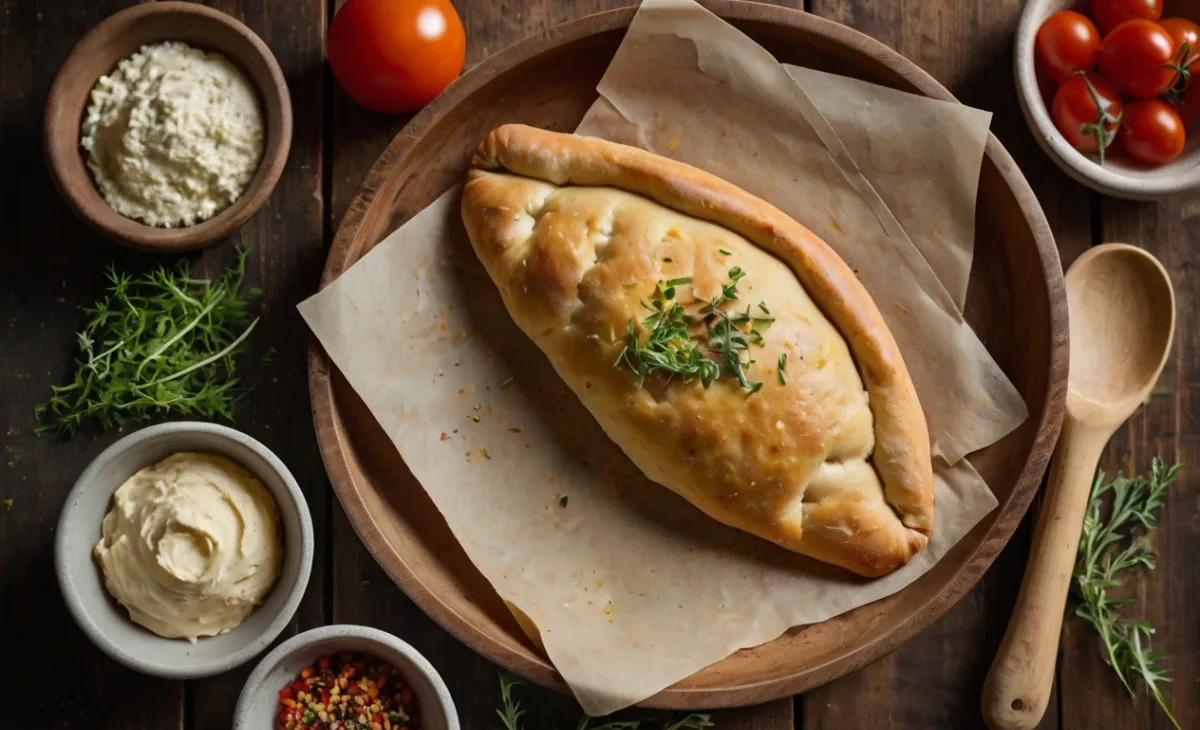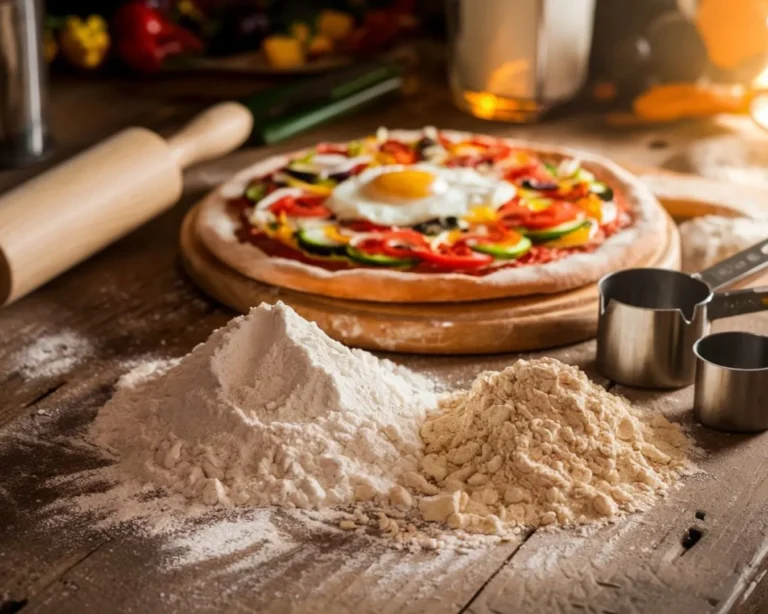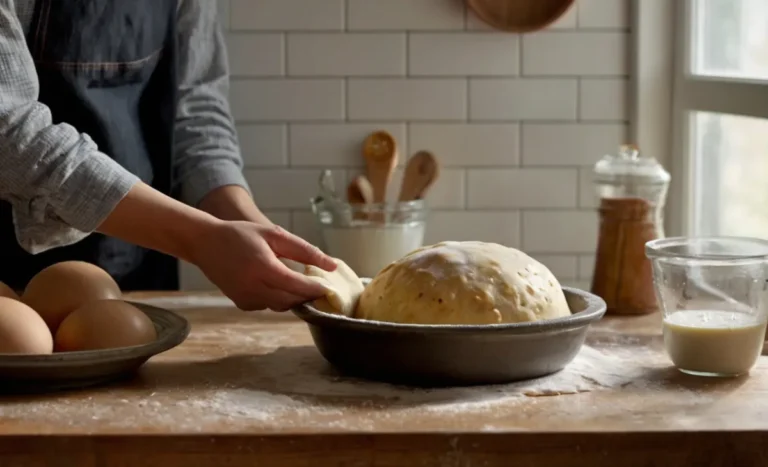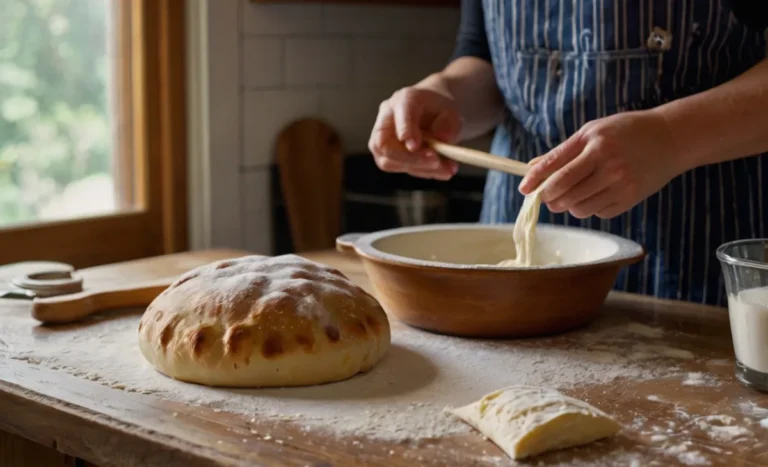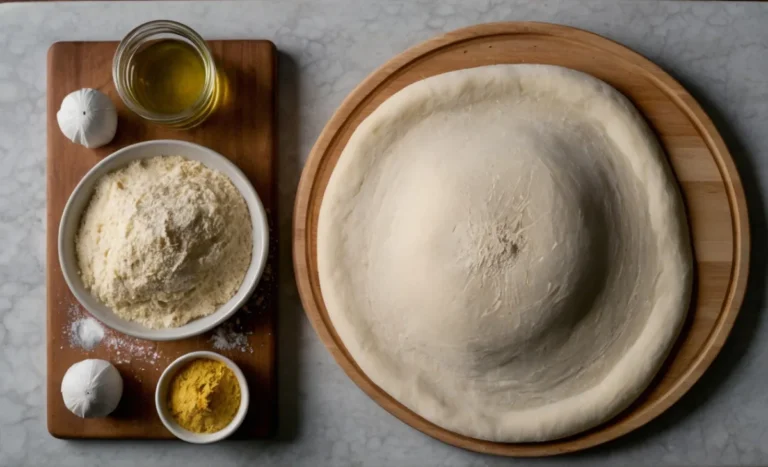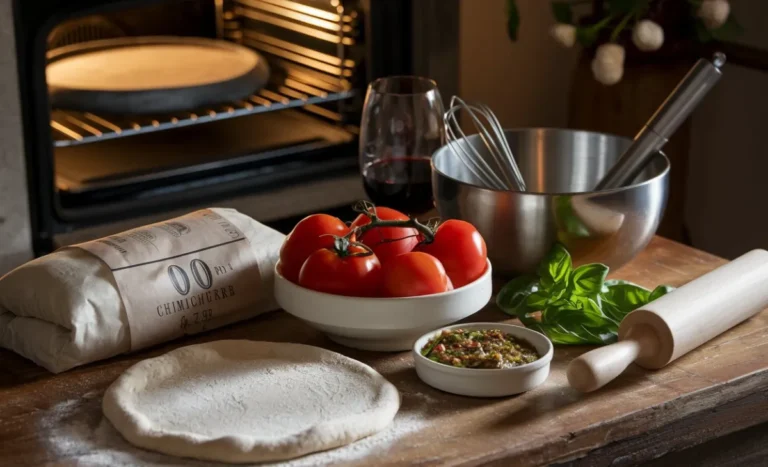Easy Calzone Dough Recipe: How to Make It at Home Like a Pro
Easy Calzone Dough Recipe: How to Make It at Home Like a Pro
There’s something magical about the smell of freshly baked calzones wafting through your kitchen. It’s a comforting scent that turns any house into a home. Whether you’re hosting a family dinner, meal prepping for the week, or simply craving that golden, flaky crust packed with your favorite fillings, making calzone dough from scratch is the ultimate culinary adventure. This guide will walk you through everything you need to know to create a flawless, easy calzone dough recipe that will make you feel like a seasoned pizzaiolo.
Why Homemade Calzone Dough is Worth the Effort
You might wonder why you should bother making calzone dough from scratch when you can buy pre-made options. The answer lies in the flavor, texture, and personal satisfaction that homemade dough delivers. Store-bought dough can be convenient, but it often lacks the authentic taste and elasticity that makes calzones so special. By making your dough at home, you have full control over the ingredients, ensuring every bite is fresh and delicious. Plus, there’s something deeply satisfying about creating something with your hands, especially when the result is a crispy, chewy, golden-brown calzone.
Homemade dough is also healthier. Commercial doughs often contain preservatives and additives to extend shelf life. When you make it yourself, you can avoid unnecessary chemicals, reduce sodium levels, and even adjust the recipe to fit your dietary preferences, such as using whole wheat flour or reducing sugar. It’s a small effort with huge payoffs, not just in taste but also in nutrition and quality.
Lastly, let’s not forget the cost factor. A batch of homemade calzone dough costs a fraction of what you’d pay for store-bought dough, and the ingredients are likely already in your pantry. For a small investment of time, you’ll be rewarded with a big payoff in taste, texture, and satisfaction.
Essential Ingredients for Calzone Dough
Crafting the perfect calzone dough requires simple, pantry-staple ingredients. But don’t let the simplicity fool you—each ingredient plays a crucial role in creating the perfect texture and flavor balance. Here’s what you’ll need:
| Ingredient | Quantity |
|---|---|
| All-purpose flour | 3 cups |
| Warm water | 1 cup |
| Active dry yeast | 1 packet (2 1/4 tsp) |
| Sugar | 1 tsp |
| Salt | 1 tsp |
| Olive oil | 2 tbsp |
Each ingredient works in harmony to produce dough that is stretchy yet firm, light yet hearty. The flour provides structure, while the yeast ensures your dough rises to perfection. Sugar feeds the yeast, giving your dough a slight sweetness and encouraging a good rise. Salt balances the flavor and strengthens the dough’s gluten structure. Lastly, olive oil adds moisture and richness, enhancing the dough’s overall flavor and texture.
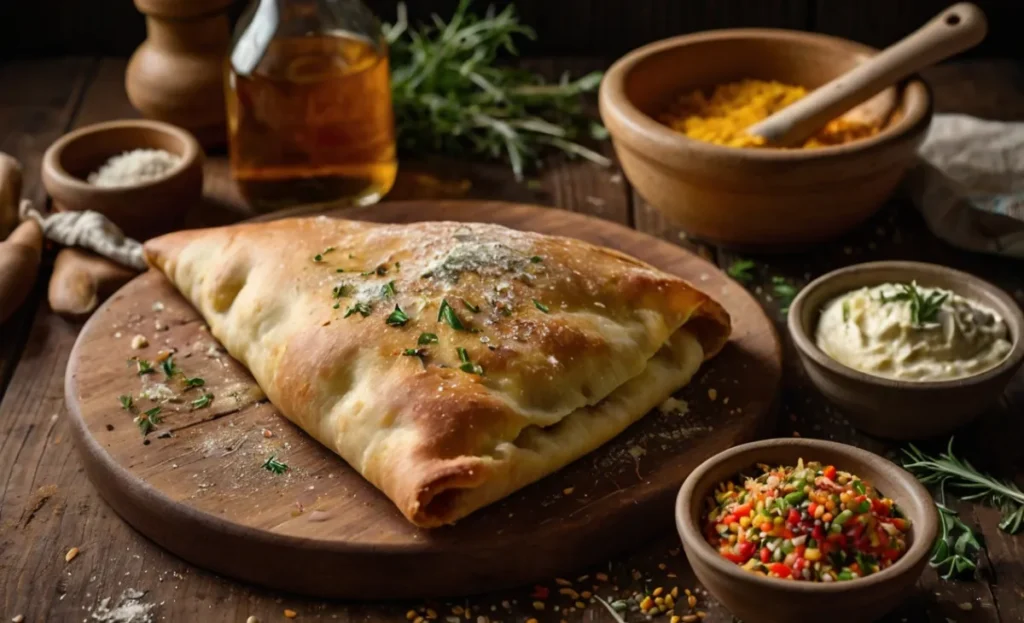
Step-by-Step Guide to Making Calzone Dough
Preparing the Yeast Mixture
The foundation of any great dough is properly activated yeast. Start by dissolving your active dry yeast and sugar in a cup of warm water (around 110°F or 45°C). Make sure the water isn’t too hot, as this can kill the yeast, rendering it useless. Stir gently and let the mixture sit for about 5 to 10 minutes until it becomes frothy. This foam is a good sign—it means your yeast is alive and ready to work its magic. If no froth appears, your yeast may be expired, so it’s best to start again with fresh yeast.
Mixing the Dough
Once your yeast mixture is ready, combine your flour and salt in a large mixing bowl. Gradually pour in the yeast mixture and olive oil, stirring continuously. You’ll notice the dough starting to come together. When it gets too thick to stir, use your hands to knead it into a ball. Make sure all the flour is incorporated, but don’t worry if it’s a little sticky at this stage; that’s normal.
Kneading and Resting
Transfer the dough to a floured surface and begin kneading. Use the heel of your hand to push the dough away, then fold it back over itself. Rotate the dough slightly and repeat. This process should take about 8 to 10 minutes. The goal is to develop gluten, which gives your dough elasticity and strength. When the dough is smooth, elastic, and slightly tacky, it’s ready for resting.
Place the kneaded dough in a lightly oiled bowl, turning it once to coat the surface. Cover the bowl with a clean kitchen towel or plastic wrap and let the dough rise in a warm, draft-free area for 1 to 2 hours, or until it doubles in size.
Tips for Perfect Calzone Dough Every Time
Even with a simple recipe, a few expert tips can elevate your dough from good to exceptional.
- Water Temperature: Ensure your water is warm but not hot. The ideal range is 105°F to 115°F. Too cold, and your yeast won’t activate; too hot, and you risk killing the yeast.
- Kneading Duration: Knead thoroughly for elasticity. Proper kneading strengthens gluten, giving your dough that perfect stretch and chew.
- Resting Time: Don’t rush the rising process. Allowing the dough to rise fully ensures a light, airy texture. If you’re short on time, consider a warm oven (turned off) as a rising spot.
- Flour Alternatives: Experiment with different flours. While all-purpose flour is standard, whole wheat flour can add a nutty flavor, and bread flour will yield a chewier crust.
Shaping Your Calzone Dough Like a Pro
Once your dough has risen, it’s time to shape it into calzones. Start by punching down the dough to release any air bubbles, then transfer it to a floured surface. Divide the dough into equal portions depending on how many calzones you plan to make. For individual servings, aim for dough balls around the size of a tennis ball. Roll each portion into a circle about 1/4 inch thick, keeping the surface even to avoid thin spots that might tear.
Filling Suggestions to Elevate Your Calzone
Your calzone is only as good as its filling. Here are some ideas to get you started:
Classic Fillings
- Mozzarella and marinara
- Pepperoni and ricotta
- Ham, cheese, and mushrooms
Gourmet Fillings
- Spinach, artichoke, and goat cheese
- Prosciutto, arugula, and shaved parmesan
- Buffalo chicken with blue cheese crumbles
When adding fillings, avoid overloading to prevent leaks. Place your filling on one half of the dough, leaving a border for sealing. Fold the dough over, press the edges, and crimp with a fork for a secure seal.
Cooking Methods: Baking vs. Air Frying
Baking Instructions
Traditional baking is the go-to method for calzones. Preheat your oven to 475°F (245°C) and place your calzones on a parchment-lined baking sheet or pizza stone. Bake for 12 to 15 minutes, or until the crust is golden and crisp.
Air Frying Instructions
For a quicker alternative, air frying delivers crispy calzones with less oil. Preheat your air fryer to 400°F (200°C) and cook the calzones for 8 to 10 minutes, flipping halfway through. This method is great for small batches and produces a wonderfully crispy crust.
Calzone Dough Nutrition Facts
Knowing what’s in your dough helps you make informed dietary choices. Here’s a nutritional breakdown per serving:
| Nutrient | Per Serving |
|---|---|
| Calories | 210 |
| Protein | 6g |
| Carbohydrates | 38g |
| Fat | 4g |
| Fiber | 2g |
This nutritional profile makes calzones a balanced meal, especially when paired with fresh vegetables and lean proteins in the filling.
FAQs About Calzone Dough Recipe
How Long Can I Store Calzone Dough?
You can refrigerate calzone dough for up to three days. For longer storage, freeze it in an airtight container for up to three months. Thaw in the refrigerator overnight before use.
Can I Use Whole Wheat Flour?
Yes, you can substitute all-purpose flour with whole wheat flour, though you may need to adjust the water slightly. Whole wheat dough will be denser, but adding a tablespoon of vital wheat gluten can improve its elasticity.
Conclusion: Your Homemade Calzone Journey Awaits
Creating calzone dough from scratch is a rewarding experience that brings a touch of Italy into your kitchen. With the right ingredients, techniques, and a bit of patience, you’ll master this art in no time. Not only will your calzones taste better than store-bought options, but you’ll also enjoy the pride of crafting something truly homemade. So, grab your rolling pin and get started on your homemade calzone journey—you won’t regret it!
Call to Action
If you’ve enjoyed this guide, don’t forget to share your calzone creations on social media and tag us! Looking for more Italian-inspired recipes? Check out our other recipes to keep your culinary adventure going.

